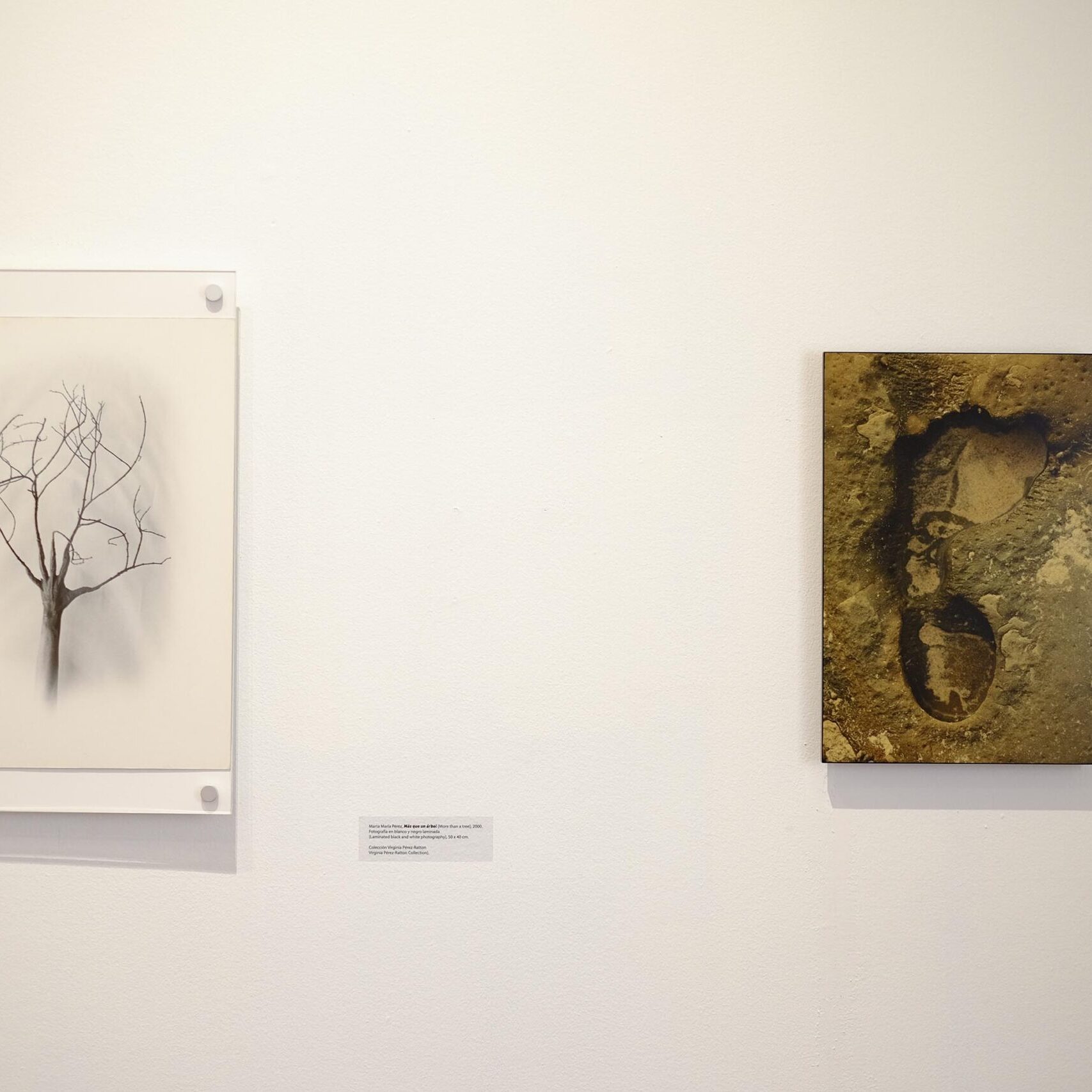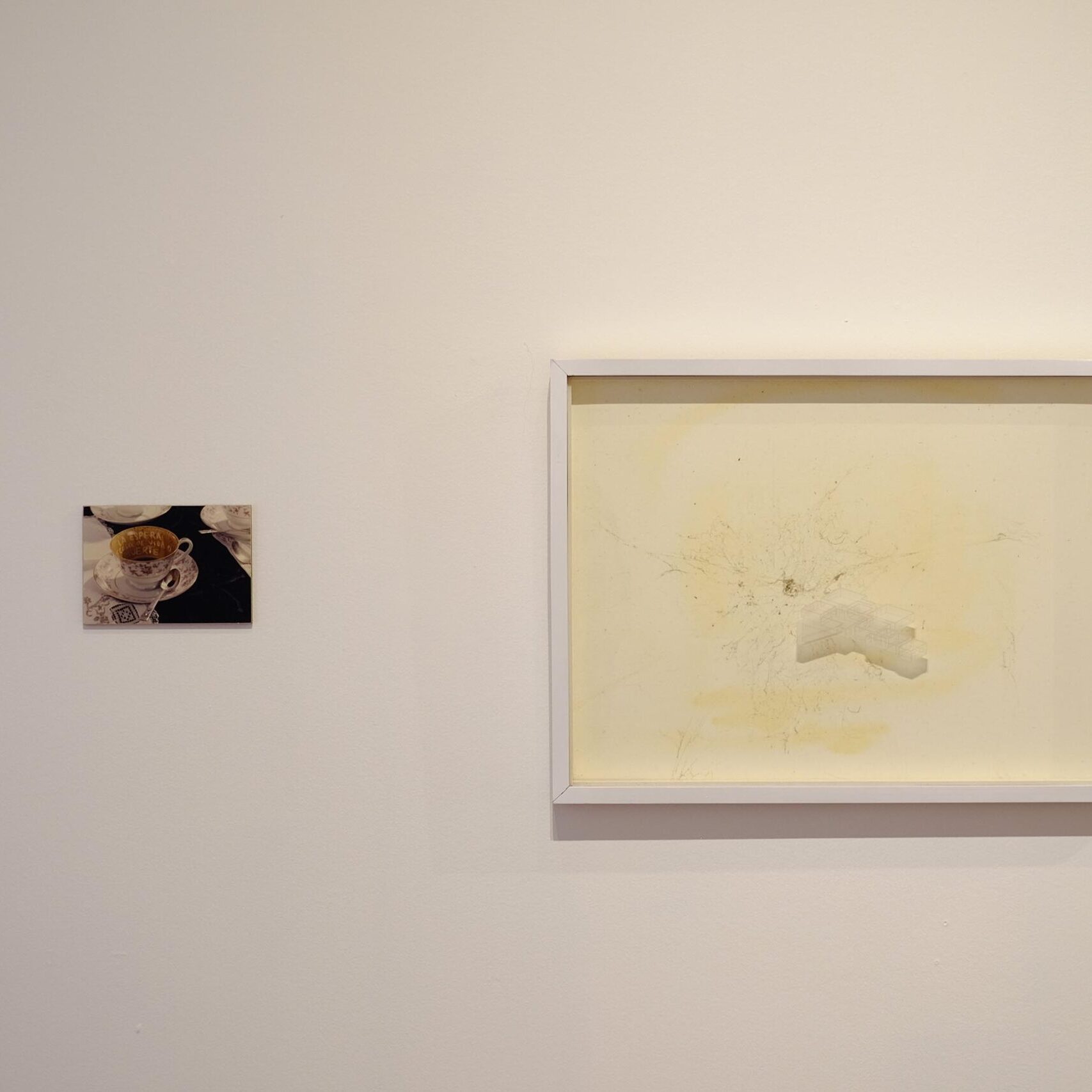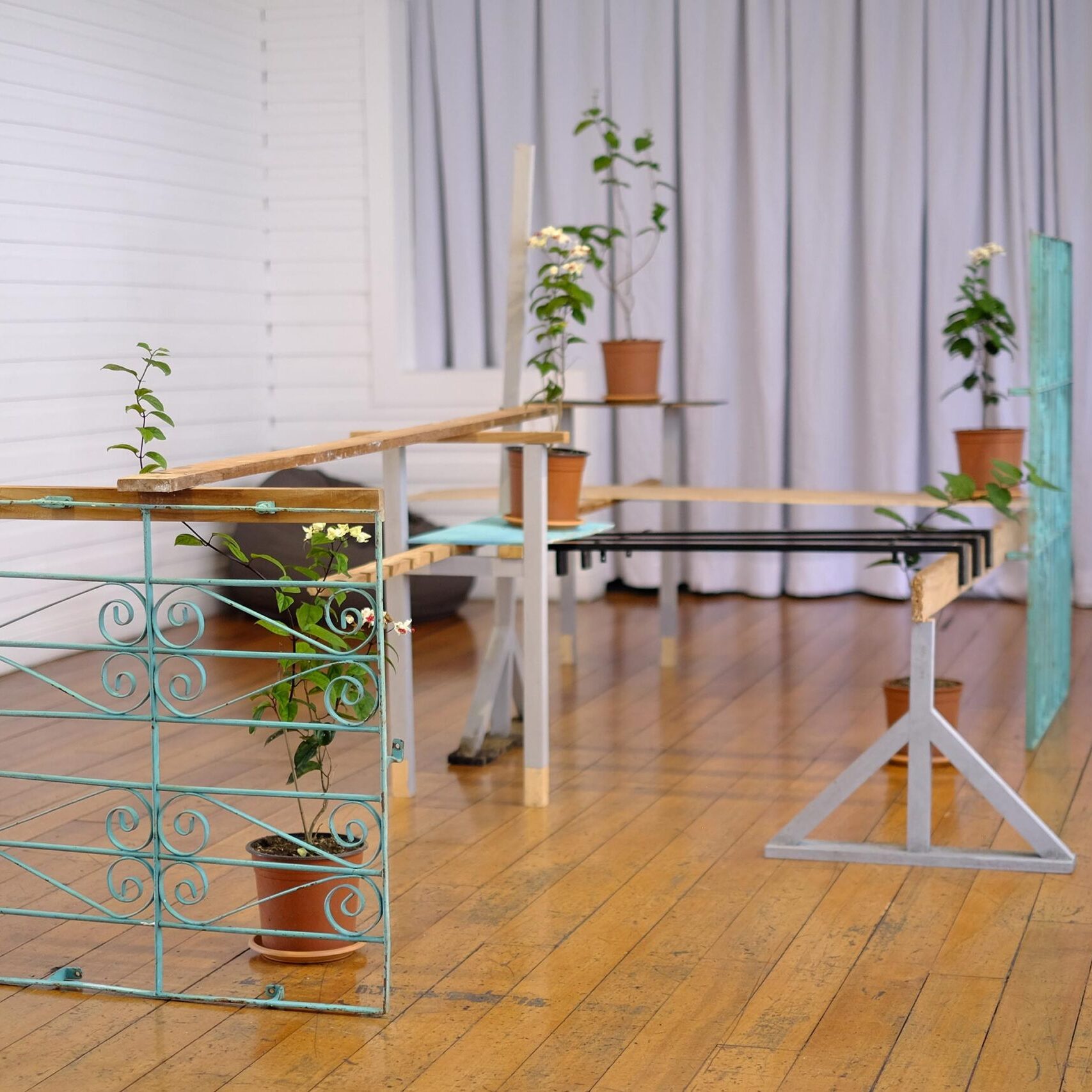This post is also available in:

ABOUT THE EXHIBITION
All this time
CURATORS: María Paola Malavasi, Daniela Morales Lisac, Paula Piedra.
Curatorial Support: Guillermo Boehler, Kevin Pérez, Viviana Zúñiga
Exhibition dates: 20 JUL – 16 OCT 2021
Todo este tiempo began with an invitation from the Museum of Contemporary Art and Design (MADC) to consider the present in light of Costa Rica’s 200th anniversary of independence. This present is, inevitably, a legacy of colonialism, which has led to a socioeconomic system with great deficiencies and inequalities. Our country’s institutions and their ways of operating currently respond in a limited way to our contexts and needs, since their approach is dictated by an economic model of capital accumulation and the entrenchment of power dynamics—manifested in racism, sexism, homophobia, speciesism, etc.).
This is the palpable legacy of a colonialist process which is still ongoing, even after two centuries of independence. That this is so is evident, notably, in an overwhelming rhythm of life which is exploitative and oppressive of all living beings— albeit in an unequal manner. In this way, time has become a ubiquitous presence, the reflection of a conditioning that generally surpasses us and before which we feel impotent.
The way we conceive and perceive time is relative. The current rhythm of life in our context is the result of a colonialist and extractivist process defined by external powers. Although this may seem out of our control, our purpose with this project is to think of a possible resistance to these conditions by reconsidering, or even changing the idea of time that governs us. This exhibition proposes to understand time’s relationship to all living beings from a more generous approach, incorporating the different rhythms found in nature as more appropriate time markers for living life. By observing the ocean’s waves, plant growth, or weather cycles, it is possible to understand ourselves as part of a whole, allowing nature to guide our rhythms. This other way of living time would operate in opposition to an overwhelming and vertiginous system of productivity, and in favor of a deceleration in a space where time passes in a different manner.
The exhibition includes works from the Virginia Pérez-Ratton Collection, and Cooperativa Cráter Invertido, from Mexico, as well as a selection of videos from TEOR/éTica’s Archive. Artist Verónica Alfaro, in collaboration with Pablo Cianca, was invited to present a work that will be exhibited physically in TEOR/éTica and virtually at the MADC —a process that exists simultaneously in two places in different ways.
INFORMACIÓN
ARTISTS: Verónica Alfaro (CR), Gustavo Araujo (PAN), Héctor Burke (CR), Donna Conlon (PAN), Cooperativa Cráter Invertido (MEX), María Adela Díaz (GUA), Jonathan Harker (PAN), Carlos Jinesta (CR), Priscilla Monge (CR), Ronald Morán (SAL), Esteban Piedra (CR), Marta María Pérez (CUBA), Dominique Ratton (CR).
SALAS: TEOR/ética
Tercas raíces [Stubborn Roots], 2021.
Verónica Alfaro (Costa Rica)
Installation and live broadcast; variable dimensions.
The installation Tercas Raíces (Stubborn Roots) by Costa Rican artist Verónica Alfaro is an invitation to think about the bicentennial of independence of the countries that composed the former General Captaincy of Guatemala. With the collaboration of Pablo Cianca, the artist presents a project that can be found physically in TEOR/éTica as part of the exhibition Todo este tiempo, as well as virtually in the exhibition Cubo Negro, at the Museum of Contemporary Art and Design (MADC)—a process that exists simultaneously in two places in different ways.
Tercas Raíces proposes a dialogue between nature, design, and technology, bringing together areas that are sometimes considered discordant, but whose integration could offer an alternative path to a better future. The installation in TEOR/éTica is built with materials recovered from past exhibitions or remodelings, as well as five vines of the same species (Clerodendrum Thomsoniae). This plant, known in Costa Rica as Bandera Española (Spanish Flag), wraps around the support provided as it grows. Thus, the plant will “colonize” the installation during the time of the exhibition in TEOR/éTica, from July 20th to October 16th.
However, unlike the process of extractivist and exploitative colonialism, Veronica’s proposal aims to generate a dialogue between the growth of the plant and the arrangement of the materials in the space, so that one responds to the other. The artist will adapt the installation according to the needs and the rhythms of the plant, observing its growth as well as the particularities of the space and the materials. In this way, the work proposes an alternative way to imagine how to build a more generous, comprehensive, and coherent future with our context. This process can be seen from July 20th to August 7th at Cubo Negro through TEOR/éTica’s live broadcast.
Those who visit the MADC will be in contact with the work in a way mediated by virtuality. The broadcast invites a slow and meticulous observation to consider a different way of understanding presence. In parallel, those who repeatedly visit the installation at TEOR/éTica will be able to witness the change in the space and the growth of the plant, bearing witness to the subtle signs of the passage of time.
This post is also available in:
















